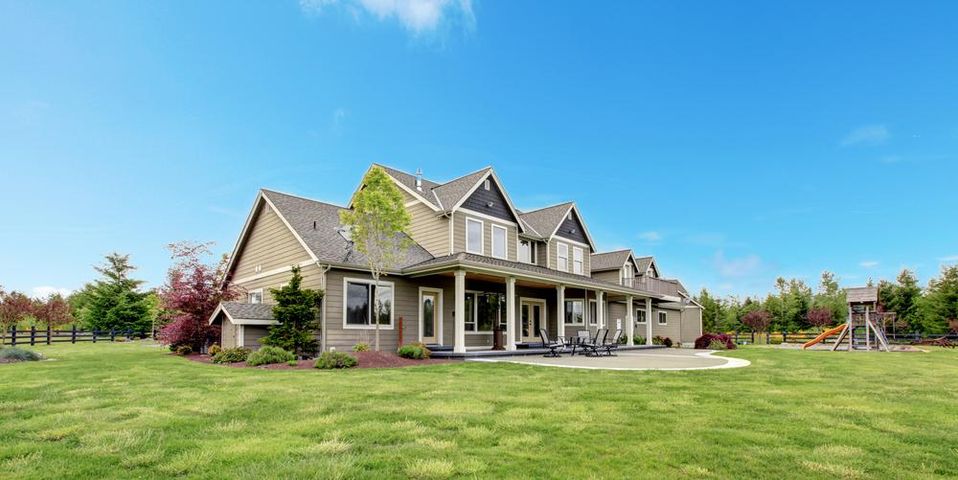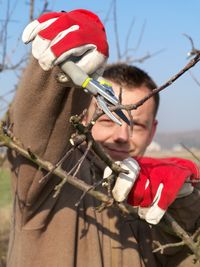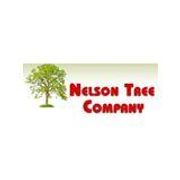Why You Should Take Care of Tree Pruning After the Fall

Pruning is a necessary part of tree care. It involves removing dead, damaged, and diseased branches to prevent decay, insect infestations, and other problems that could shorten the lifespan of the trees on your property. While maintenance should be performed every three to five years, arborists often recommend carrying it out before the fall.
Why Avoid Pruning in Fall
 Although pruning removes harmful branches, it also stimulates growth. During the fall, trees try to enter a dormant stage, which allows them to focus on their roots. Cutting the limbs disrupts that vital process, and whatever you trim won’t heal as fast, putting the tree at risk of developing fungal diseases. Moreover, since growth is slowed at this time, clipped areas won’t be able to harden before the cold arrives, resulting in more damage. Fruit trees are especially affected by the process, and their damaged limbs will stop producing a harvest.
Although pruning removes harmful branches, it also stimulates growth. During the fall, trees try to enter a dormant stage, which allows them to focus on their roots. Cutting the limbs disrupts that vital process, and whatever you trim won’t heal as fast, putting the tree at risk of developing fungal diseases. Moreover, since growth is slowed at this time, clipped areas won’t be able to harden before the cold arrives, resulting in more damage. Fruit trees are especially affected by the process, and their damaged limbs will stop producing a harvest.
Why Prune in the Winter & Spring
The only time you should prune in the fall is if you find visibly dangerous or diseased branches that need removing. Otherwise, save this type of maintenance for late winter when the tree is fully dormant, and you can best see where any problems occur. You can also trim the plants when spring arrives to produce vigorous and healthy new growth.
Follow these tips to maintain a vibrant and healthy property. To ensure the tree pruning is performed correctly, turn to the seasoned team at the Nelson Tree Company in North Huntingdon, PA. These certified arborists have been serving Westmoreland County since 1987, offering everything from efficient tree and stump removal to trimming and storm damage cleanup. Call today at (724) 863-7682 to schedule a free estimate or appointment. For more information about their expertise and how they can assist, visit the website.
About the Business
Have a question? Ask the experts!
Send your question

